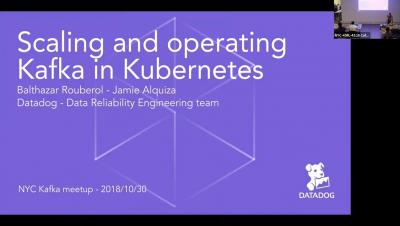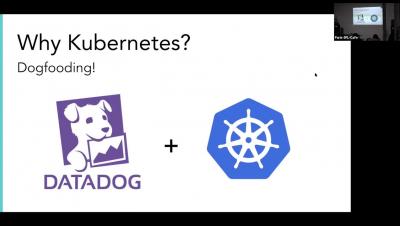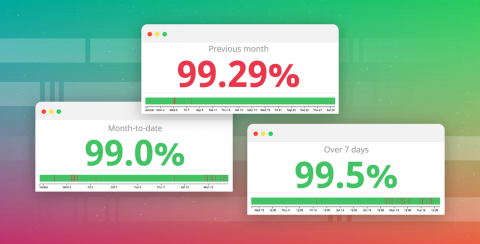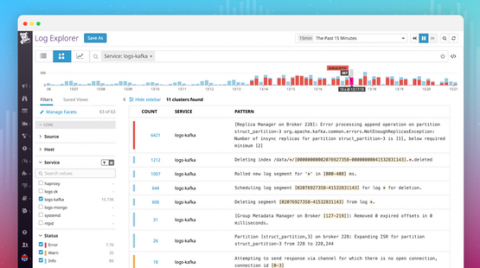Datadog's AWS re:Invent 2018 guide
Each November, AWS re:Invent draws thousands of AWS staff, partners, and users to Las Vegas for an intense week featuring all things AWS and AWS-related. As always, Datadog will be there and we’d love to meet you in person. Our engineers are excited to show off the new features they’ve been building and to answer your monitoring questions!










